The pandemic began in late winter or early spring, and mask adoption throughout summer has been a challenge. Among the many issues facing us as we wear masks more and more is the issue of heat. Clothing of any sort traps heat and makes us feel warmer, and masks are no exception. Why does it happen, though, and what can you do about it?
After all, overheating is uncomfortable at best and downright dangerous at worst. It might be one thing to be a little warm when it’s 90 degrees out, and quite another to be coping with world-record heat with a mask on top of it all.
Why Masks Make You Hotter
Your body’s overall perception of temperature depends on two things: the difference in temperature between your body and the air, and your body’s ability to thermoregulate.
The normal human body temperature is somewhere around 98.6 degrees F. Obviously, you can feel like it’s hot out with a temperature lower than that. What your body feels as comfortable versus what feels hot is in part dependent on your adaptation. People used to northern climates where it rarely gets above 90 in the summer but can drop to the negatives in winter, will find it hot out when it’s in the high 70s. People in SoCal, where temperatures are moderate all year ‘round, might find anything under 70 to be chilly and anything over 85 to be hot. Different people experience temperature differently.
Thermoregulation plays a big part in how comfortable you feel. Dogs pant, breathing in cooler air, and breathing out warmth to keep themselves cooler. Humans don’t do that; we have sweat glands throughout our skin. Sweat evaporates, and evaporative cooling keeps us cooler.
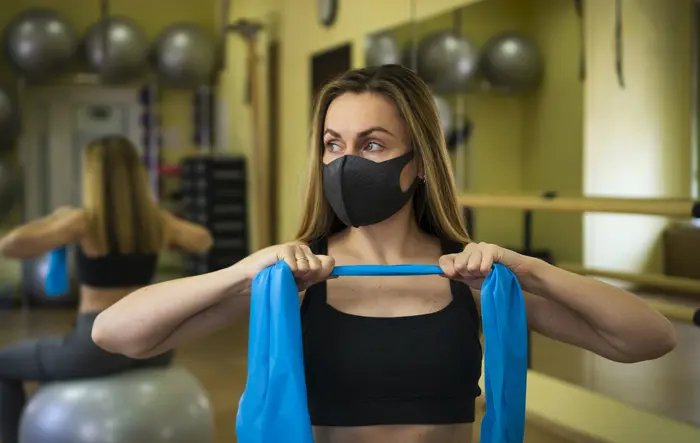
Another way your body regulates your temperature is through vasodilation. Vasodilation is the process of the blood vessels under the skin expand. This increases blood flow to the surface of the skin. Your blood carries from the core of your body out to the skin, bringing the heat with it. That heat radiates from the surface of your skin, similar to how radiant heating works in a house.
This works in conjunction with sweating. Sweating’s evaporative cooling cools down the surface of the skin, and the blood flowing beneath it. That now-cooler blood circulates throughout your body and brings down your body temperature, by fractions of a degree at a time.
So how does a mask affect this? It hampers thermoregulation in a few ways.
First of all, a mask covers up part of your skin that isn’t normally covered. That skin isn’t able to evaporate sweat and moisture – it actually tends to accumulates more as you breathe moisture out and trap it under the mask. Likewise, the blood beneath the surface of the skin of your face cannot shed heat into a hotter environment.
This is the same reason why a 90-degree day can feel pleasant when the ambient humidity is low, but unbearably hot and sticky when the humidity is high. You can’t evaporate into a humid environment.
Additionally, while breathing is not a primary source of thermoregulation in humans like it is in dogs, it does still play a role. Breathing in cool air and breathing out warm air does help to cool down your body. When you’re wearing a mask, the hot air you breathe out is somewhat more trapped than normal, and that heat can be further absorbed back into the skin of your face.
Different Types of Masks
It’s worth mentioning that different types of masks can affect thermoregulation and body temperature in different ways. An overview study, for example, found that surgical masks increase body temperature less than N95s did, in a medical setting. Though, it should be noted that the actual body temperature increase was measured in hundredths of a degree. This is a very minor increase in the actual temperature.

Different kinds of masks affect heat differently. Thick cloth masks with multiple layers don’t breathe as well and trap more heat, the same way you’d trap more heat around your body wearing two thick cotton shirts versus a single thin silk shirt.
A thin paper mask will trap the least amount of heat, but is also only a short-term mask and is discarded quickly. N95s will trap more, but their filters allow a decent amount of air through for thermoregulation. Cloth masks can absorb sweat and moisture and become damp against the face, which can help with some evaporative cooling, though they may lose some of their filtering ability once they’re saturated.
What Overheating Does
So, what happens if your body overheats? Whether it’s from external or internal causes plays a role; fevers are a sign of illness. Since we’re talking about the effects of masks, though, we’re going to stick with the external sources.
First up, you feel more uncomfortable. A hotter temperature is less pleasant to spend time in, and it can be stressful to boot. You’ll be less comfortable, and you’ll be more tempted to remove your mask in situations where you shouldn’t. This is why so many people pull their masks off even when they’re in a crowd, and why people pull them under their noses, both of which destroy the protective ability of the mask.

Once the heat reaches a certain level, your body may increase its rate of sweating. It’s trying to stay cool, but the environment is making it more difficult to do, so your body works harder. Sweating more has the side effect of feeling unpleasant if it’s not evaporating properly, which is part of why humidity is so unpleasant. You’ll be more susceptible to stress, you’ll be more uncomfortable, and you’ll start to experience thirst.
As the hot weather continues, you’ll end up dehydrated. This is where heat exhaustion kicks in. Heat exhaustion is when your body is reaching limits to the effort it can put into regulating body temperature. Athletes, people who work outside, people who participate in physical sports and activity, all tend to have to confront heat exhaustion.
As heat exhaustion progresses, your body starts to feel negative symptoms beyond dehydration and unpleasantness. You may feel dizzy or nauseous. You may also get a headache or start to experience muscle cramps. You may also vomit if it reaches a tipping point.
If you continue to persist through heat, you can experience the symptoms of heatstroke.
How to Recognize the Signs of Heatstroke
Heatstroke is the most serious level of heat-related injury possible short of actually burning. It typically occurs when your body temperature exceeds 104 degrees, a full six degrees above the usual average baseline.
Symptoms of heatstroke include:
- Altered behavior or mental state. This can include confusion, irritability, slurred speech, delirium, and in extreme circumstances, even seizures or a coma.
- Hot, dry skin. Heatstroke tends to occur when your body can no longer thermoregulate, so the sweat glands shut down.
- Nausea and vomiting. An extension of what you feel when you’re experiencing heat exhaustion, but more pronounced.
- Flushed skin. Your body desperately trying to cool down by pushing more vasodilation, leaving your skin a flushed, reddish color.
- Rapid, shallow breathing.
- Rapid heart rate. Your heart will be working overtime trying to circulate blood through your dilated blood vessels in an attempt to further cool down.
- A throbbing, full-head headache is often a symptom of dehydration and heatstroke.
Now, it’s fairly unlikely that a mask alone is going to cause heatstroke. A mask is only going to increase your body temperature by a few hundreds of a degree on average. It may inhibit some small amount of thermoregulation, but it’s not like you’re wearing a sweater in the middle of summer. It’s not significantly different from, say, wearing a hat, and is less skin coverage than wearing a shirt.

Heat exhaustion and heatstroke tend to occur in two circumstances. One is where you’re in an extremely hot location, such as midsummer in the desert of the Australian outback, where temperatures can reach 120 or higher. Spending an extended amount of time out in this weather, with no protective gear, no water, and no shade, can lead to heat exhaustion and heatstroke.
The other situation is when you’re performing physical activity in the heat. The ambient heat doesn’t have to be as high, especially if it’s humid out. Anything that inhibits your body’s ability to sweat, like not drinking enough water, can also contribute to heatstroke. Physical activity, whether it’s manual labor, exercise, sports, or just hiking, can contribute as well.
Anyone experiencing the symptoms of heat exhaustion should take steps to alleviate it as soon as possible. Anyone experiencing heatstroke should seek medical attention quickly. Heatstroke, especially if left untreated, can cause organ damage and can even be fatal.
Again, though, a mask alone will never cause heatstroke and will only be a minor contributing factor to heat exhaustion. This is not a valid argument against wearing a mask. You should always wear a mask when you go out during the pandemic, to protect yourself and others. You should also strongly consider wearing a mask any time in the future when you’re sick, to help prevent spreading that illness.
How to Combat Overheating While Wearing a Mask
While wearing a mask may be uncomfortable and may, in a small part, contribute to heat exhaustion, it’s important to recognize the signs of heat exhaustion and how you can combat it. Preventing heat exhaustion and heatstroke is important.
Wear appropriate clothing. Just because you’re wearing a mask doesn’t mean you need to bundle up. Covid-19 can’t infect you through the skin, for example. You can still wear a t-shirt, tank top, or even no shirt at all and be safe. Wearing light, breathable clothing is important for keeping your evaporative cooling going.
Wear sunscreen. Sunburn inhibits your body’s ability to cool itself, so it’s generally a good idea to prevent it. Wearing (at minimum) an SPF-15 sunscreen when you go out in hot weather is a good idea. Stronger sunscreen may be appropriate during certain kinds of weather and activity.
Consider buying a more breathable mask. Some masks, by design, are very restrictive and difficult to breath through. A filtered mask designed with comfort in mind is going to help with minimizing the heat on your face from your breath.

Stay properly hydrated. Almost no one drinks enough water throughout their day to day lives. This goes double for times when you’re spending time in the sun, working out, or doing other forms of physical activity. Even just going shopping, it’s worthwhile to carry a water bottle and drink throughout the day.
Take breaks from physical activity. Part of thermoregulation is allowing your body temperature to come down. If you’re getting overheated or experiencing symptoms of heat exhaustion, you should take a break. Spend some time in the shade, in front of a fan, or inside an air-conditioned building. Using a cool, damp cloth to further cool your skin can be helpful as well.
Try to schedule activity for cooler times of the day. The peak hours of heat are during the mid-afternoon. If you can schedule your activities, whether it’s shopping, working out, hiking, or other activity, try to time them for earlier in the day before the heat maxes out, or later in the evening as the sun is going down and the air is cooling off.
Replace your mask’s filter. Periodically, you should replace either your mask or your mask’s filter. A filter that is used and clogged makes it harder to breathe, which inhibits thermoregulation. A mask that is thoroughly soaked with moisture might feel cooler, but it’s not good protection against the coronavirus, so it defeats the purpose of wearing the mask.
Only wear a mask when necessary. A lot of people don’t quite get when wearing a mask is necessary. Wearing a mask while driving in a private vehicle, when alone on a hiking trail, or when in your own home is generally unnecessary. Conversely, wearing one while grocery shopping, while in a crowd, or while at the doctor’s office is necessary.
Wearing a mask appropriately and safely is not likely to contribute to any actual heat issues other than an uncomfortable time. It’s still better to be safe, and take adequate precautions to avoid heat exhaustion.
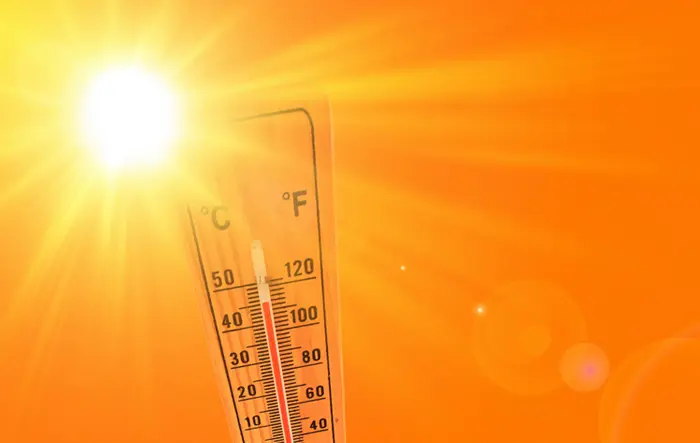
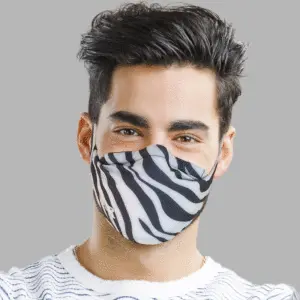
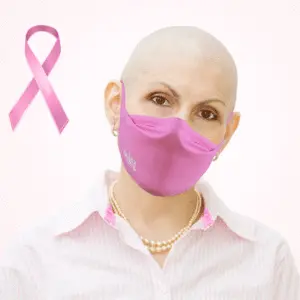

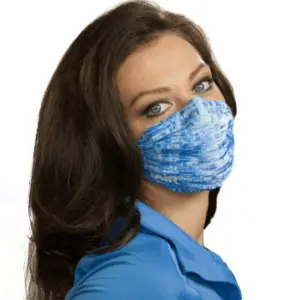
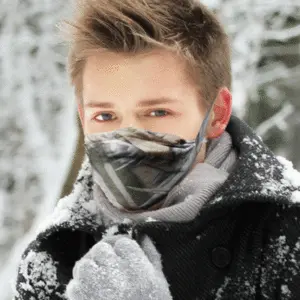
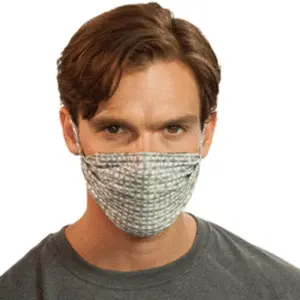
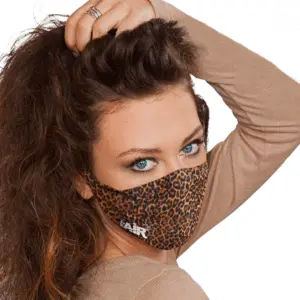
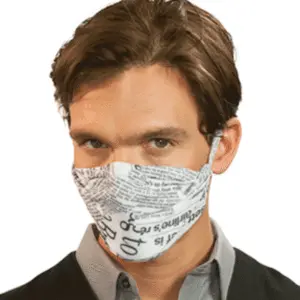



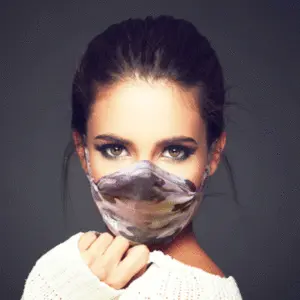
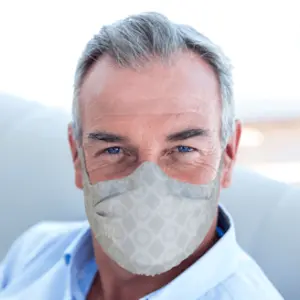
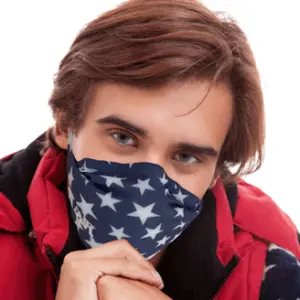

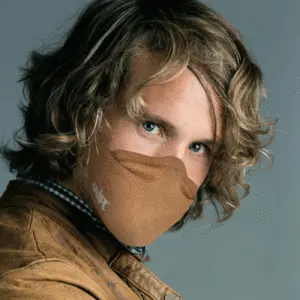

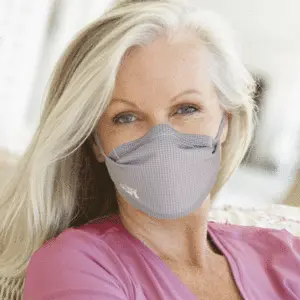
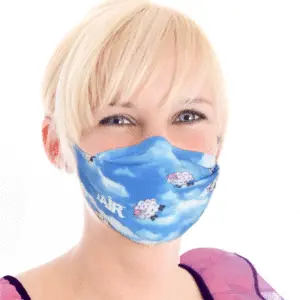
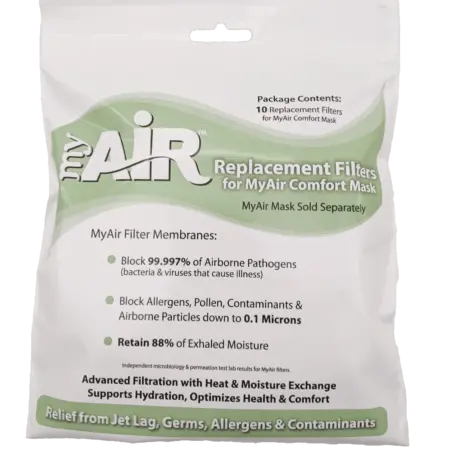
0 Comments